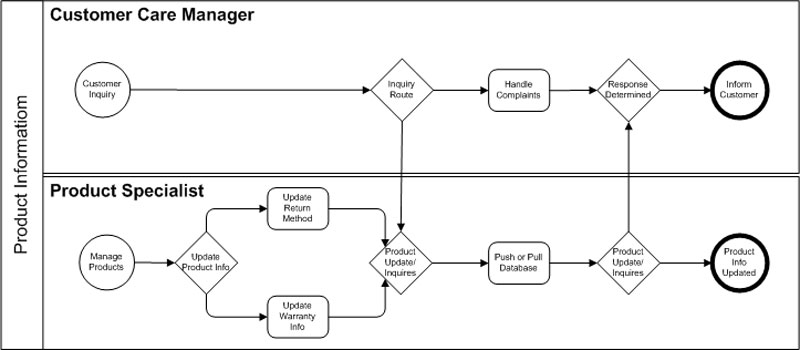Have you as a “Stakeholder” ever taken the moment to step back and think about the performance of your Enterprise?
Review this case scenario and determine if you have observed the same within your Enterprise:
At the start of a meeting about the declining performance of the Customer Care Managers of enterprise XYZ, the attending top management team “knew” that the Customer Care Managers lacked skills and knowledge and required additional training.
By the meeting’s end, they were not so sure. During discussions several concerns unrelated to skills and knowledge surfaced about the processes of the Customer Care Managers. The presenting problem was that the Customer Care Managers could not delegate certain tasks, which caused time constraints in handling customer complaints.
As the case scenario indicates, it was thought the declining performance of the Customer Care Managers was contributed to lack of skills and knowledge, which can truly hinder performance in an Enterprise. However, as we can see the roles of the Customer Care Managers are limited by lack of delegation of certain tasks.
When one delegates within an Enterprise, he or she will direct elements such as – “tasks,” “events,” and/or “activities” to be performed by another entity: Technology or Human.
Business Process Management (BPM) enables an Enterprise to efficiently manage its processes to serve an end-result with input-perform work-output methodologies. So you can see how “Performance Architecture” is a key and integral part of a Business Process Management (BPM) projects. It provides the efficiencies to “tasks,” “events,” and/or “activities.”
Performance Architecture
Performance Architecture in terms of BPM can be defined as the design principles required to optimize efficiencies in – tasks, events, and/or activities of the underlying Enterprise.
Let’s use our case scenario as an example to illustrated through a Business Process Management Notation (BPMN) diagram the performance bottleneck of a Customer Care Manager.
Task = Determine if product is under warranty from a customer inquiry

As you can determine from the diagram, the Customer Care Manager must conduct the research to determine if the customer’s product is under warranty thus reducing the time to focus on “customer complaints” which SHOULD be a high priority task within the business process for “customer care.”
In another segment of the Enterprise, we have a Product Specialist that handles research and updates of product information as illustrated below.

As you can determine from the diagram, the Product Specialist manages the return method and warranty information to name a few. If you recall, it was discovered the Customer Care Managers were conducting their own research on product warranty information. Hence, this is one root cause of performance derogation to customer satisfaction.
Now let us examine the two processes after a Performance Architecture intervention.

As you can now see, we have increase the performance efficiency of the Customer Care Manager by delegating certain customer inquiries to the Product Specialist. The Customer Care Manager’s primary task now is “handling complaints” which enhances the Enterprise’s perceived customer services as extraordinary, which in turn increases customer loyalty.
In Summary
Performance Architecture is a subset of BPM in that it optimizes – tasks, events, and/or activities of the underlying Enterprise. The design methodology of Performance Architecture is to seek out inefficiencies in processes tasks, events, and/or activities.
These inefficiencies can include but are not limited to the following:
- Duplicate or redundant tasks, events and/or activities
- Time constraints (i.e. time to complete tasks, events and/or activities)
- Human stress (i.e. performing tasks, events and/or activities that can be delegated)
- Technology constrains (i.e. obsolete technology)
One should be very mindful not to over architect processes for performance for it may decrease or hamper scalability of the underlying processes which in itself will create performance issues.